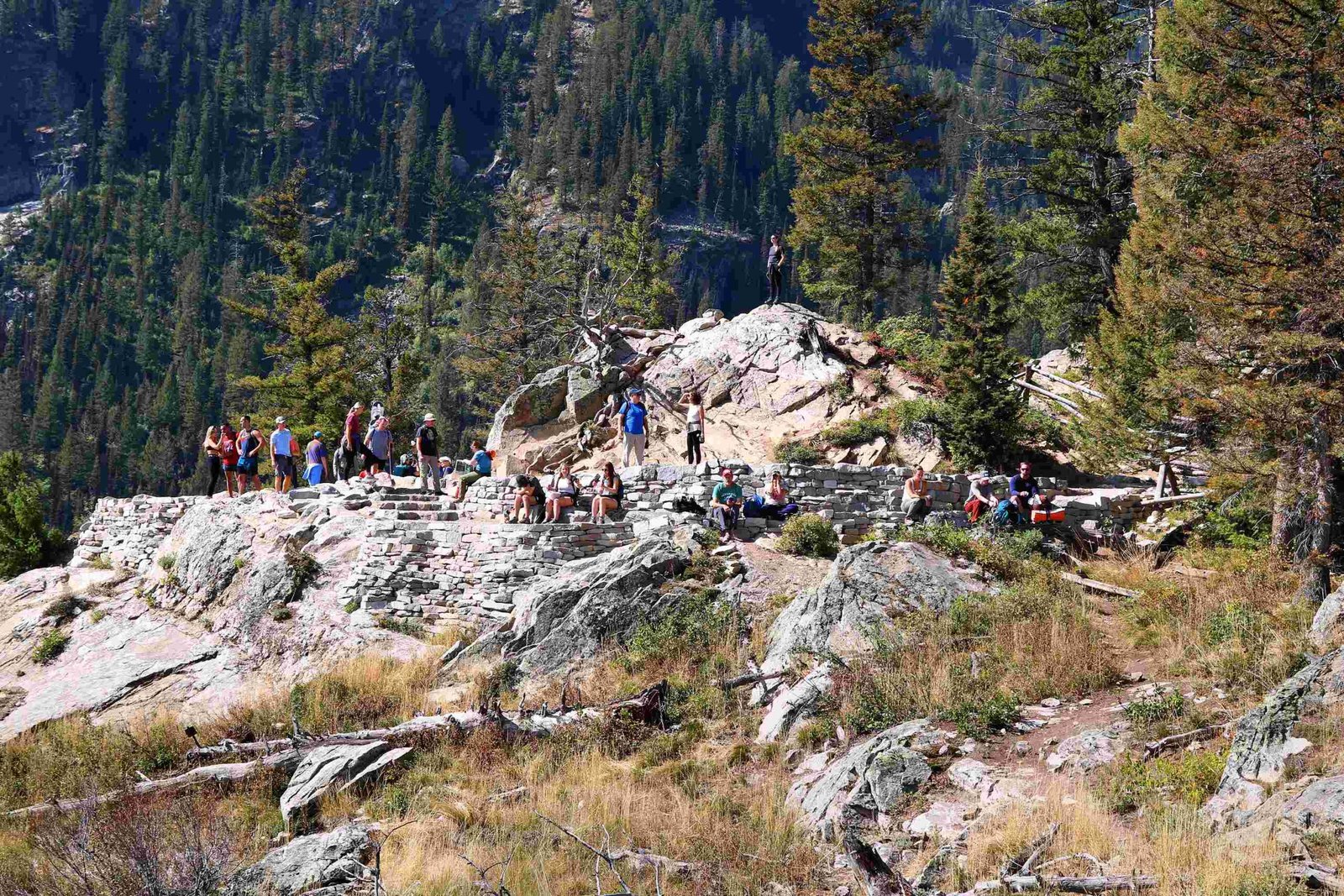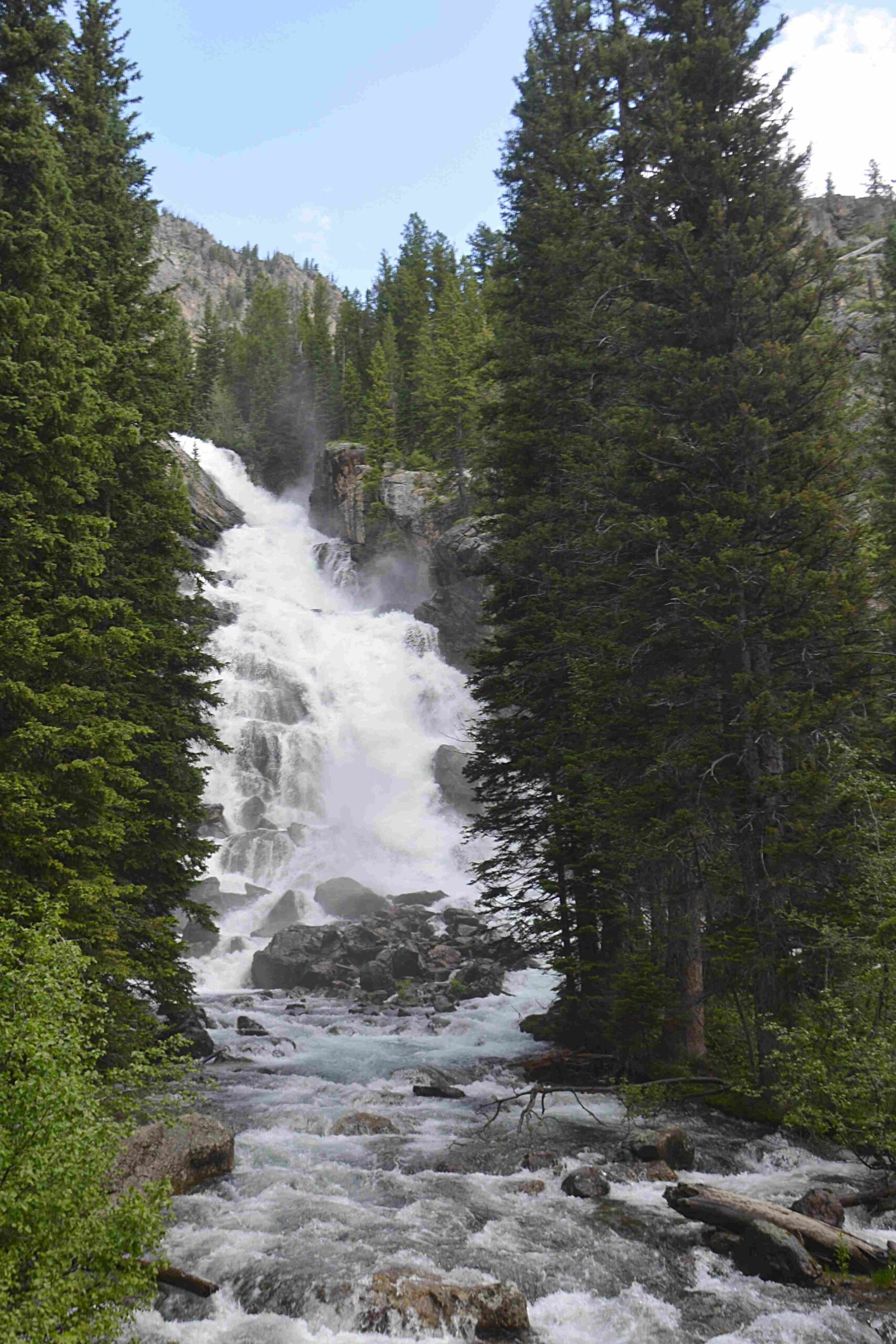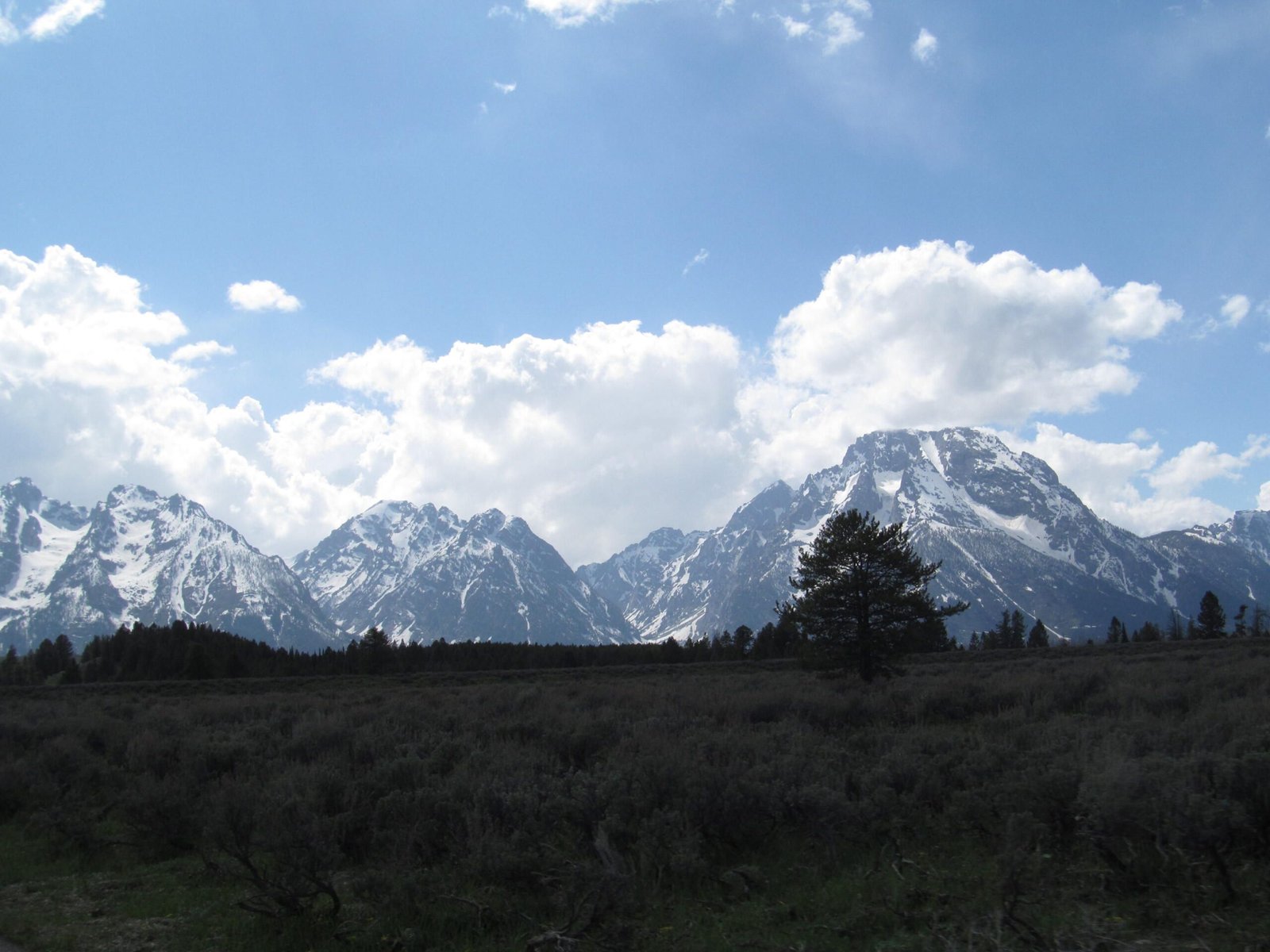Grand Teton National Park offers mountaineers an extraordinary alpine climbing experience, featuring challenging granite routes that test technical skills and physical endurance. Ascending the iconic 13,775-foot peak requires comprehensive preparation, specialized climbing techniques, and a deep understanding of mountain environments. Climbers can choose from multiple routes ranging from moderate to advanced difficulty, each presenting unique challenges and breathtaking panoramic views of the surrounding wilderness.
Why Climb Grand Teton?

Grand Teton represents a pinnacle of alpine climbing in North America, offering mountaineers an unparalleled wilderness experience. The mountain’s diverse routes provide challenges for climbers of varying skill levels, from beginner to expert alpine enthusiasts.
What Makes Grand Teton Unique?
- Geological Significance: Part of the Teton Range, formed by dramatic geological processes
- Elevation: 13,775 feet above sea level
- Technical Difficulty: Routes ranging from 5.4 to 5.8 difficulty
- Scenic Beauty: Panoramic views of Wyoming’s pristine wilderness
Climbing Routes Overview

| Route | Difficulty | Elevation Gain | Estimated Time |
|---|---|---|---|
| Owen Spalding | 5.4 | 7,000 feet | 12-14 hours |
| Upper Exum Ridge | 5.5 | 7,000 feet | 2-3 days |
| Pownall-Gilkey | 5.8 | 7,000 feet | 3-4 days |
| North Ridge | 5.8 | 7,000 feet | Multi-day expedition |
How to Prepare for Grand Teton Climb?
Physical Preparation
Successful Grand Teton climbing requires:
– Advanced cardiovascular fitness
– Strength training focusing on core and leg muscles
– High-altitude acclimatization
– Technical rock climbing experience
Essential Gear Checklist
- Alpine climbing harness
- Helmet
- Climbing ropes (60m recommended)
- Protection devices (nuts, cams)
- Mountaineering boots
- Weather-resistant clothing
- Navigation tools
What Are the Best Climbing Seasons?
The optimal climbing window spans from July to September, characterized by:
– Stable weather conditions
– Minimal snow coverage
– Moderate temperatures
– Extended daylight hours
Safety Considerations
Critical Safety Protocols
- Always climb with experienced partners
- Check weather forecasts meticulously
- Carry emergency communication devices
- Understand potential rockfall risks
- Use proper protection techniques
Permit and Regulation Information
Park Entry Requirements
- Standard National Park entrance fee
- No specific climbing permit required
- Recommended registration with park rangers
- Follow Leave No Trace principles
Training and Skill Development
Recommended Preparation
- Take alpine climbing courses
- Practice technical rock climbing
- Build endurance through consistent training
- Learn wilderness first aid
- Study route maps and terrain characteristics
Cost Considerations
Climbing Expedition Expenses
- Guided climb: $1,200 – $2,500
- Personal gear investment: $500 – $1,500
- Travel and accommodation: Variable
- Park entrance fees: $35 per vehicle
Final Recommendations
Climbing Grand Teton demands respect for the mountain, thorough preparation, and a commitment to safety. While challenging, the experience offers an unparalleled sense of accomplishment and connection with one of North America’s most stunning alpine environments.
Reference:
– National Park Service
– The Mountain Guides
– Mountain Project

